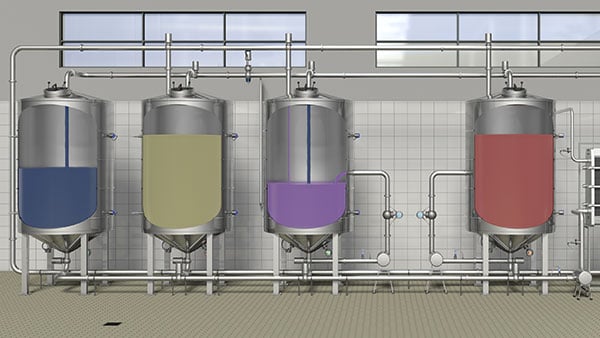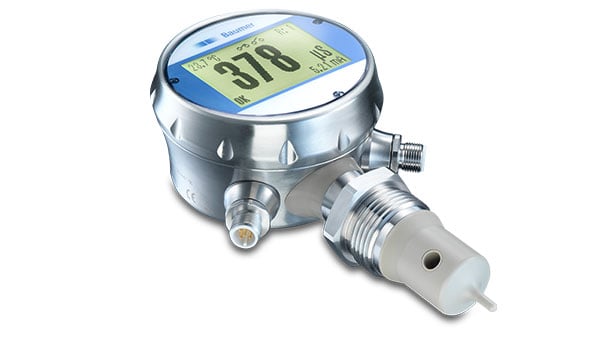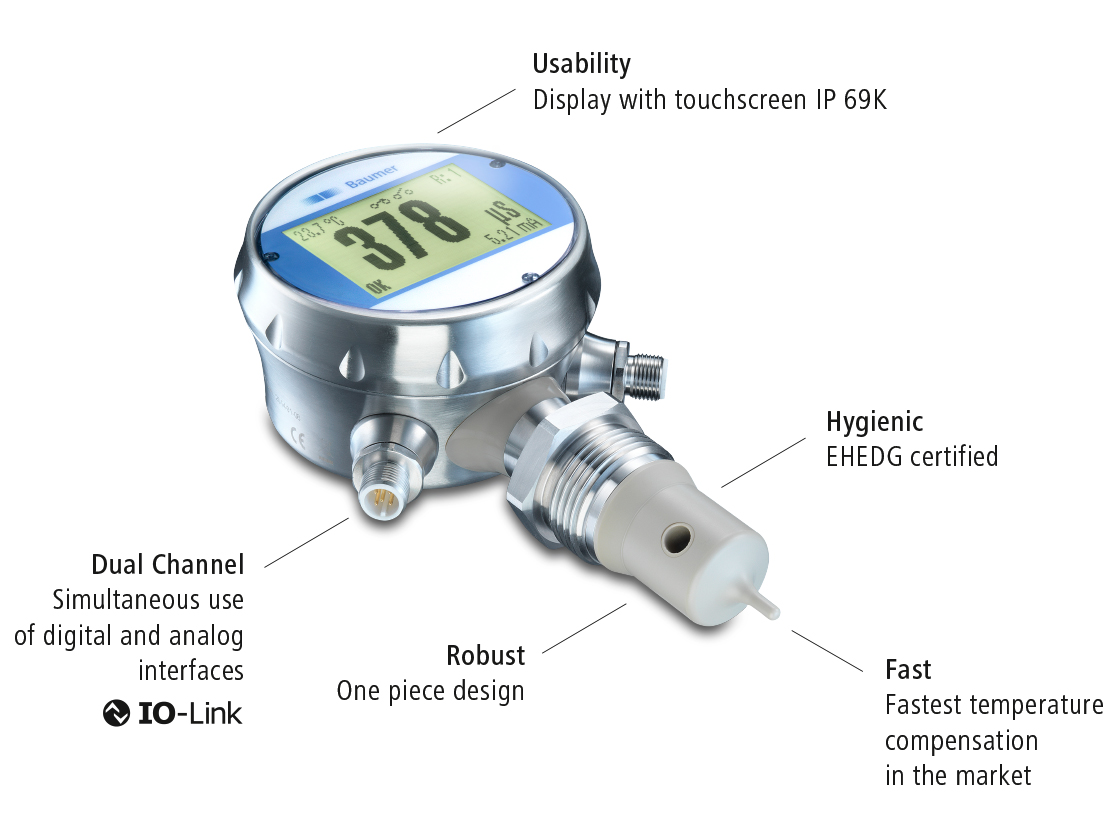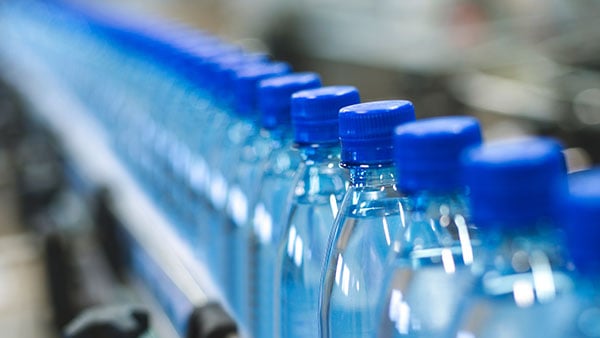The excess water use per plant during CIP process amounts to
Quote by Craig Nelson, Food Automation LLC
0 liters per day



Precise and rapid differentiation of media during phase separation of the CIP cleaning process, thanks to the fast reacting, hygienic, and robust conductivity sensor CombiLyz®

